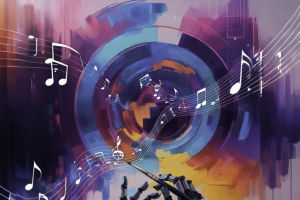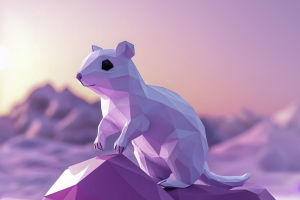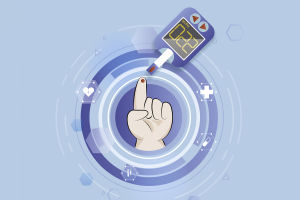Digital Art, also known as Computer Art or New Media Art, has evolved at the intriguing intersection of science and creativity.
Much like the current trend of Generative Art, which utilizes artificial intelligence algorithms for creation, Digital Art has expanded its horizons in recent times.
It's not surprising that Generative Art is considered a subset of Digital Art. However, given the surge in popularity of software capable of transforming text into images and the emergence of numerous digital artists embracing these tools, Generative Art could soon establish itself as a distinct artistic category with its own expressive variations and internal evolutions.
The Potential of Digital Artworks
Digital artworks offer several advantages to artists compared to traditional analog creations. The primary benefit lies in the heightened creative flexibility afforded by digital tools, enabling artists to push the boundaries of imagination by manipulating or combining images on a deeper level.
Another significant factor contributing to the success of digital practices is the ability for artists to reach a broader audience through online platforms, transcending the limitations of physical galleries or museums and gaining global recognition via social media channels. This proliferation of opportunity has grown exponentially since the inception of digital art in the early 1950s.
A Glimpse into History
The roots of Digital Art can be traced back to the mid-20th century when mathematicians and programmers, Ben Laposky and Manfred Frank, began exploring graphical experimentation through early computer-generated imagery. Drawing inspiration from constructivist and Bauhaus aesthetics, they utilized an oscilloscope – a device for visualizing electrical signals on a graph – to create rudimentary visual compositions known as oscillograms.
While this pioneering experience is considered a precursor to modern Computer Art, it wasn't until the late 1980s, with the widespread accessibility of personal computers, that art created through digital technology truly flourished.
The Evolution of Digital Artists
Creating digital artworks has become increasingly accessible not only to tech-savvy individuals but also to curious enthusiasts. With the ease of generating images using artificial intelligence and the rise of NFTs (Non-Fungible Tokens) in Crypto Art, artists can explore new avenues of expression and secure digital certification for their works through blockchain technology.
Furthermore, the familiarity with audio, video, and sound manipulation software has empowered artists to experiment across a multitude of digital mediums, attracting a diverse range of talents like David Hockney, Brian Eno, Refik Anadol, Tyler Hobbs, and Kjetil Golid.
Looking towards the future, as quantum computing advances, it promises to unlock unprecedented creative possibilities not just for art but across various fields.
Preserving and Showcasing Digital Art
As digital art gains prominence, the need to preserve and certify it has become a critical concern. NFTs have emerged as a groundbreaking innovation in ensuring the provenance and authenticity of digital artworks in the virtual realm.
Beyond digitizing physical works or establishing digital museums, efforts are underway to inaugurate the National Museum of Digital Art in Milan by 2026. Spearheaded by the Ministry of Culture, this groundbreaking initiative will be housed in the historic ex-Albergo Diurno Venezia, dedicated to curating and showcasing digital content and artistry, marking a significant milestone in Italy’s cultural landscape.


